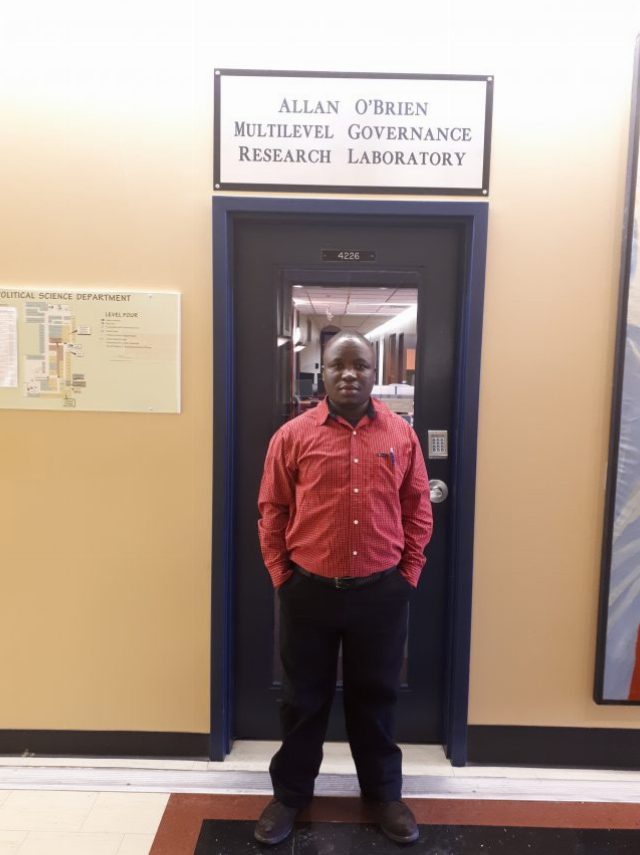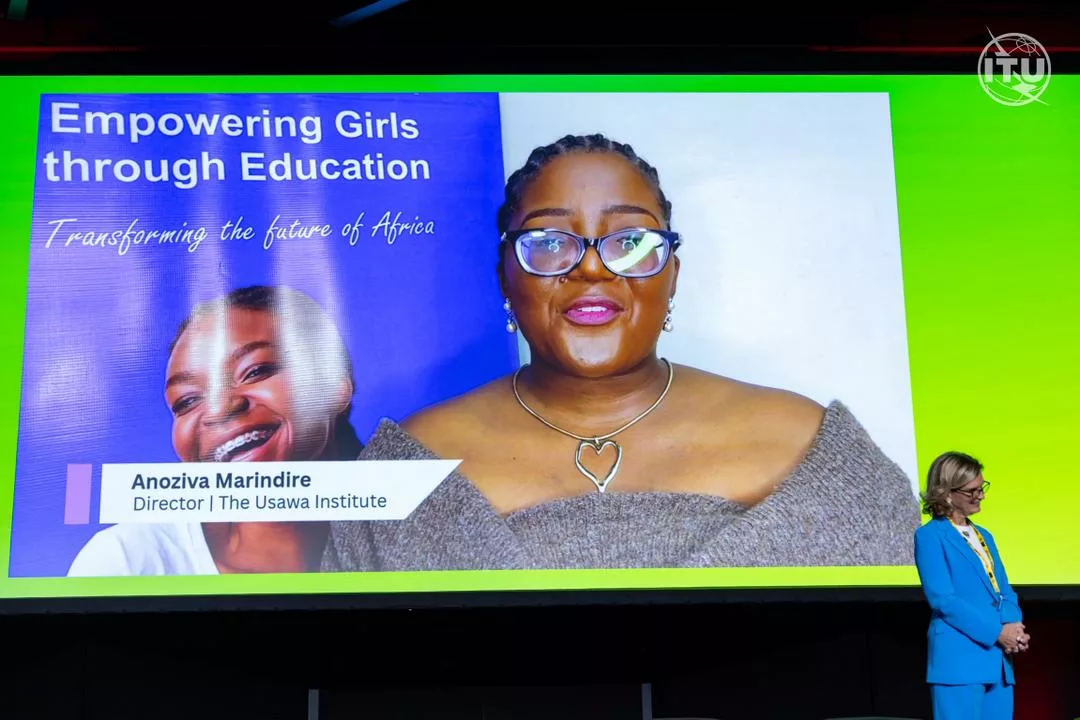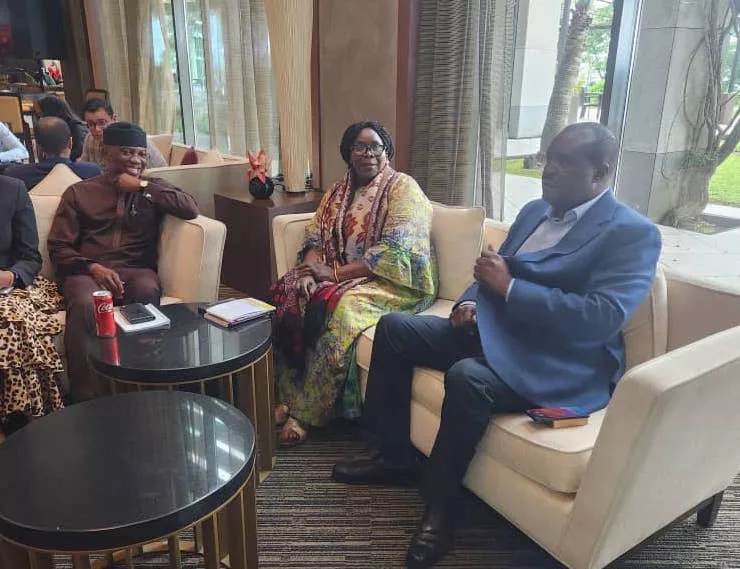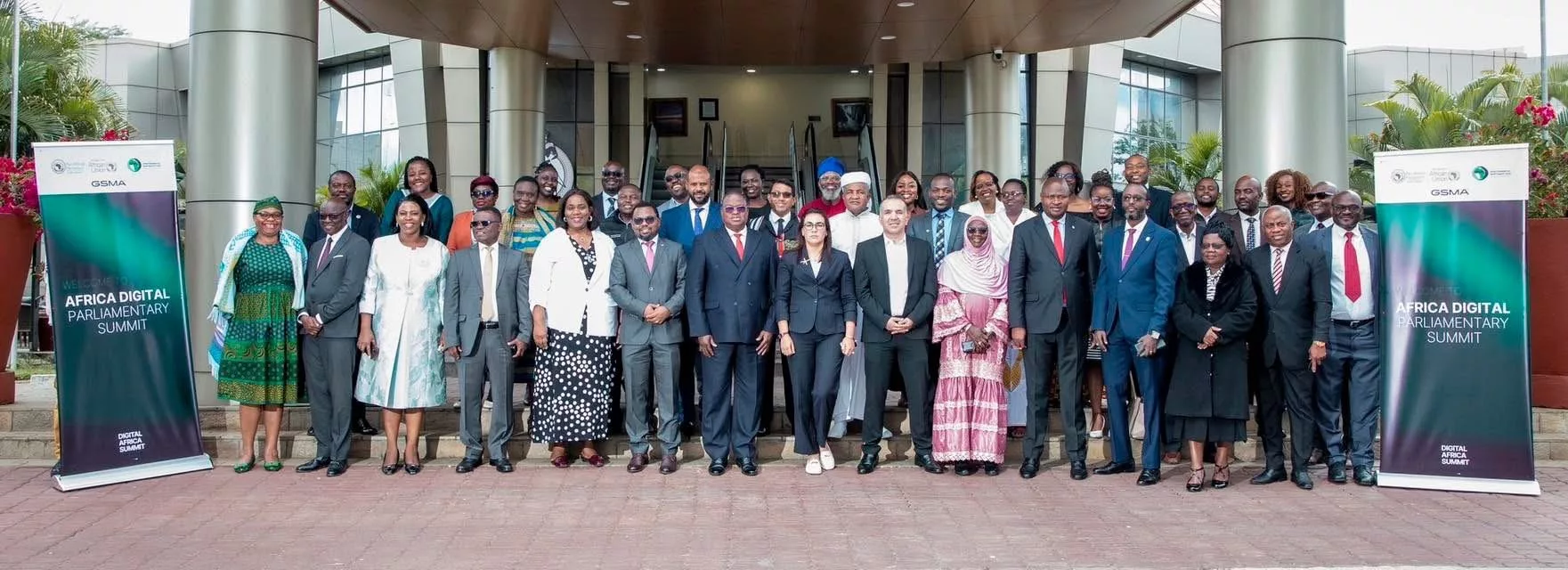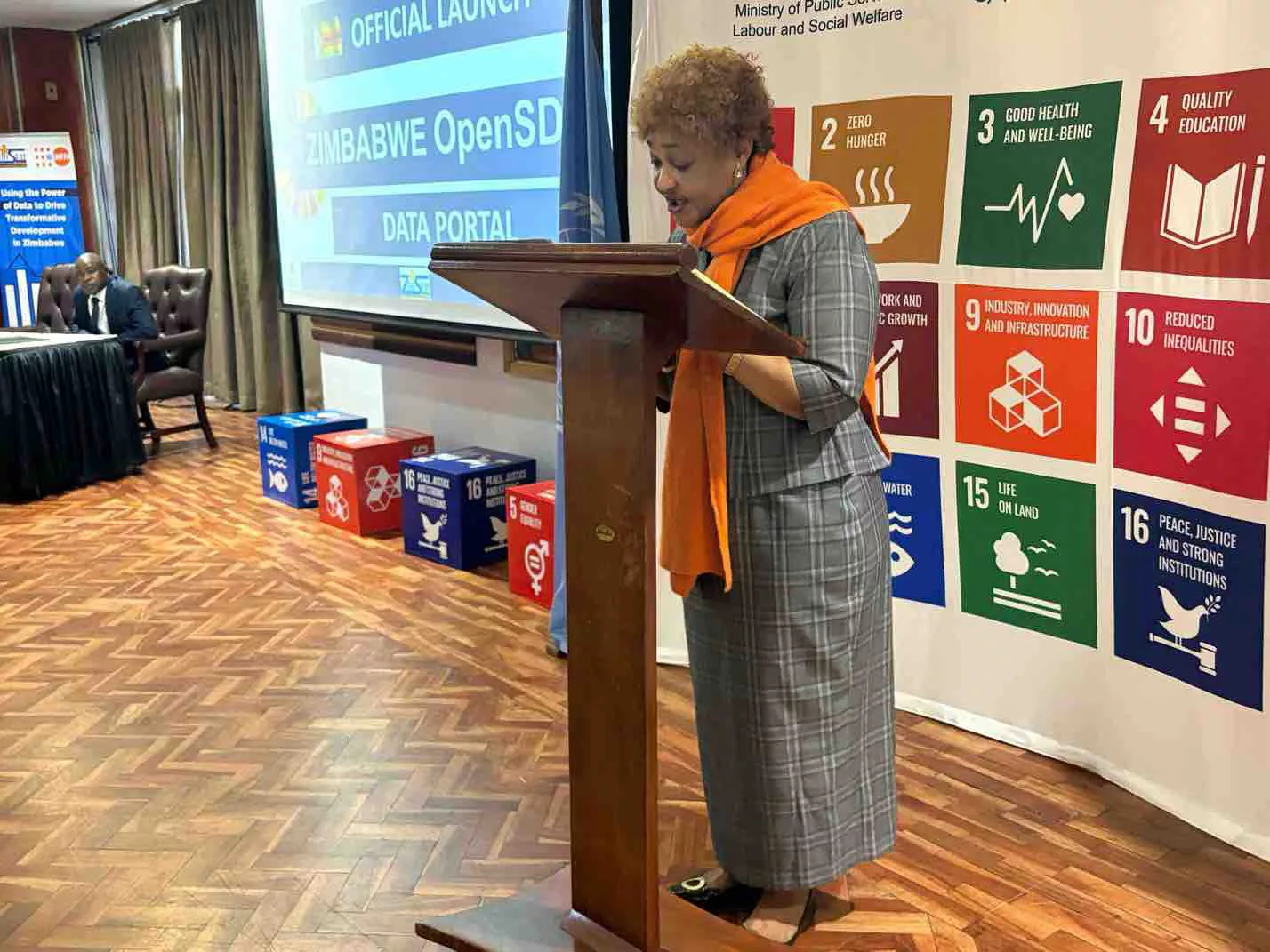By Elmond Bandauko
This brief focuses on some of the most important highlights from my MPA research project, in which I was examining the dynamics of public consultation and stakeholder participation in a large-scale land-use planning project that was undertaken by the City of London a few years ago. Official Plan review-these words mean a call to action for municipal planners and an exciting opportunity to refresh local policies and plans. But from a community engagement perspective, the same words can lead to community apathy and most telling, a near empty public gallery as council decides on a new official plan. Recognising this, City of London planners made a conscious decision to look at the official plan review process and community engagement from a completely different angle. Rather than embarking on a traditional policy driven, statutory review, they created Rethink London-an inclusive, community-driven conversation with Londoners about city building and the future of the city.
The objectives of Rethink London were to: engage the London community to collaboratively develop a shared vision for urban growth and development; ensure that there are diverse opportunities for local municipalities, government agencies, non-governmental organisations, institutions, businesses, community groups/associations, residents, and youth to become engaged in the planning process; educate the community about the importance of planning, create a shared sense of ownership and community pride for the city and engage the “unusual suspects” or those who don’t normally participate in planning.
Innovative methods of public consultation used during the project
Rethink London used a mix of face-to-face and online engagement to enable residents to participate in crafting the Rethink London vision, objectives and strategies. The following were some of the innovative engagement strategies used in the by the City of London’s planning team.
Online Engagement
EngagingPlans was a feature-rich website package that was used to facilitate broad-scale public outreach and participation. EngagingPlans were set-up, so the project team can easily maintain an interactive, place-based website with a broad range of capabilities to share information, facilitate public involvement online, and document project outcomes. Key components of the website included: information resources – provided in an efficient, visually compelling way; news posts, events, documents, meeting notes and surveys; display of interactive maps and online engagement elements; intuitive information architecture and search tools to help citizens locate relevant information quickly; integration with social media channels and a unique URL www.rethinklondon.ca. EngagingPlan’s mobile phone interface allowed sharing of information and updates with demographics whose primary access to the Internet is via their Smartphone, helping to engages a broader audience and garner greater support.
Visual preference surveys
Visual preference surveys are a technique for obtaining public feedback on urban design alternatives. It is often used when designing zoning codes, planning redevelopment, and conducting urban planning research. The survey helps to provide insights about preferred urban design alternatives from your participants through a highly visual survey. The survey consists of a series of images of urban design and planning elements that participants must score according to their preference. The purpose of the survey was to gather insight from the community about prospective strategies that could be employed in the City of London. Through participating in this exercise, the community provided the Project Team with their insight as to “what they like” and “what they don’t like” about potential urban design and land use planning strategies. The visual preference survey allowed the Project Team to obtain community priorities and input on various urban design and land use planning strategies that come out of best practice research / studies conducted by the City. Surveys were also tied to particular locations around the city. These location-based surveys could ask for feedback about a particular area, such as a bridge, park or empty plot of land.
Community Asset Mapping and Mobile Asset Mapping
Community asset mapping is an innovative way to engage the community in community-based planning. A mobile mapping application was set-up to allow people to take pictures of their favourite places in the City and submit them to the website from their mobile phone. This allowed most cell-phone users to participate without the need to install specific software. All feedback was automatically visible on a large map on the website and could be exported for further analysis using Geographical Informational Systems (GIS). On the website, users could discuss assets that would have been submitted and rate them. The photos collected could be used as part of the photo contest.
Online Ideation and Concurrent Idea Generating Station
An online application was set-up to allow participants to submit and discuss ideas (or goals, action items, etc.) relevant to the Rethink London process. For example, people could brainstorm and submit redevelopment ideas for specific sites. Ideas could be located on a map and discussed and rated by other participants. Extensive facilitation features allowed team members to easily monitor submissions, instantly respond via email notifications and keep the conversation on topic with our Off-topic filter.
Places and Spaces and Coffee Talks
Personalised communication is an effective mechanism to engage people to talk about their community and provide input. The Rethink London Team held one-on-one conversations with as many people as possible through-out the project. Places and spaces were done through: attendance at community events, person-on-the street interviews/conversations and kitchen table discussions with community leaders and targeted groups.
Workshop in a Box
“Workshop-in-a-Box” was used by teachers to educate their students about the city planning process/urban development and engage them in the decision-making. A “Workshop-in-a-Box” was also created for community groups/local organizations (i.e. the “usual suspects”) that were interested in learning about the project and providing in depth feedback. The tool would contain all the materials, resources and instructions to run an education presentation about Rethink London, as well as anywhere from 1 to 5 interactive activities. Feedback from the workshop would be gathered via participant workbooks.
Emerging lessons from the case study
There are some interesting lessons from this case study. Planners can no longer expect people to come to them. To effectively engage with the public, planners need to go to the people. They need to engage them on their own terms, their schedule and in places and spaces that they congregate. The City of London’s engagement approach has demonstrated the utility of tools and techniques such as, show and tell, workshop-in-a-box, places and spaces conversations, online visual preference surveys and other web-based tools. Planners also need to work with community groups and social infrastructure to get a diversity of citizens engaged. As an example of this, the Rethink London Team engaged with the city’s Housing Advisory Committee, which helped to hold a public meeting with the homeless at a local mission/shelter in the city. Additionally, they connected with other community groups including indigenous communities. Through these groups, the City was able to reach a much wider audience and involve people who do not generally participate in the planning and design of their community. Social media can also be a good tool for crowdsourcing policy ideas and engaging with the young generation.
About the author
Elmond Bandauko holds a Master of Public Administration (MPA) with specialisation in Local government from the University of Western Ontario (Canada) where he studied as an African Leaders of Tomorrow Scholar. He did his BSc. (Hons) in Rural and Urban Planning from the University of Zimbabwe. His interests include participatory policy making, policy innovation and policy diffusion, public management, program and policy evaluation, collaborative governance and the politics of urban development in cities of the global south. You can follow most of his work at httpss://www.researchgate.net/profile/Elmond_Bandauko


